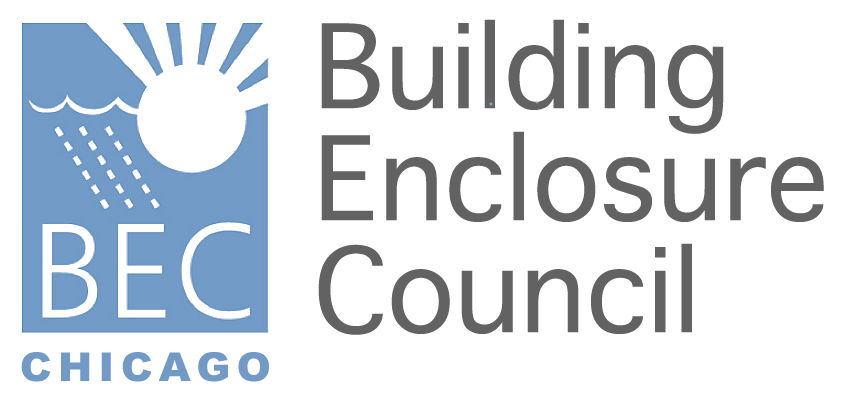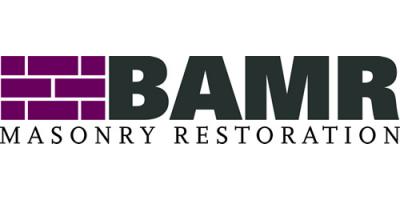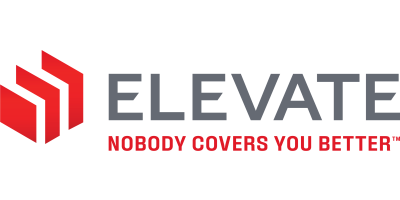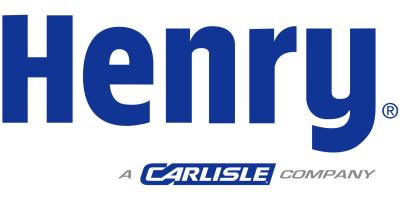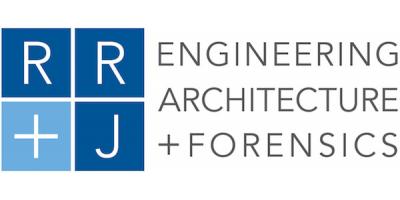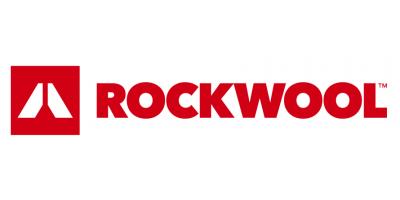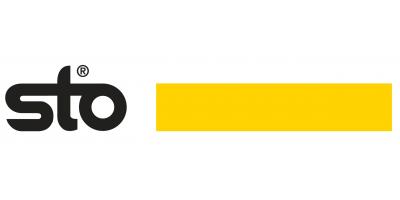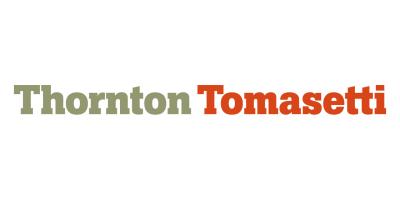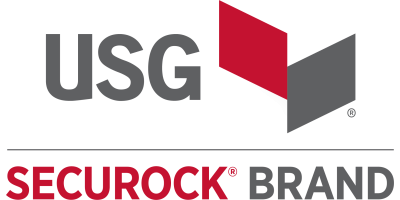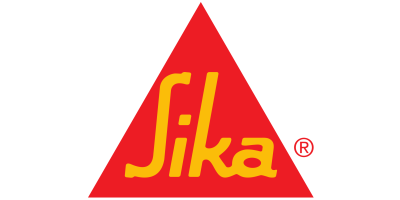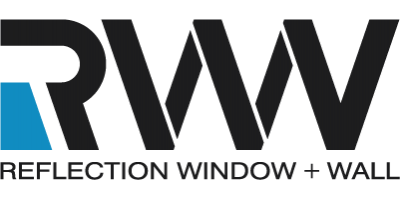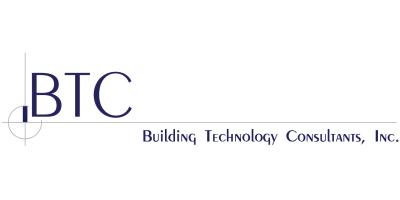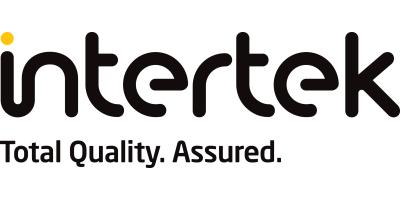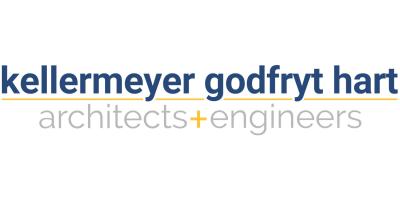| Location | 1032 W. Sheridan Rd., Chicago, Illinois |
Join BEC-Chicago for a field trip to Loyola University to review the Information Commons & Center for Sustainable Urban Living. Representatives from Solomon Cordwell Buenz (SBC)will provide a brief overview of the buildings and answer questions. Descriptions of both structures are provided below. A group of BEC-Chicago members will meet at the ground floor of Gensler's office at 4:15 pm and proceed to the Red Line. All are welcome to travel as a group or make individual arrangements to meet on site at 5:00 pm at the Information Commons. Loyola University: Completion 2007 Architect: Solomon Cordwell Buenz Engineer: Halvorson and Partners Facade Consultant: Curtainwall Design Consulting GC: Pepper Construction /Enclos Building Type: Education / Research Technology Type: Active Dual Wall, Cable Nets, Cable Net/Truss, Cable Truss, Operable Windows, Large/Special Glass, Point-fixed Clamped, Monolithic and insulated glass; by Viracon Façade: Custom design/build facade package including a point-fixed VS-1 system on east elevation, active double skin on west elevation with cable net glass facade as outer skin and VS-1 system as inner skin Glass: Monolithic and insulated glass; by Viracon Description: Located on Loyola University’s Lake Shore Campus, the Information Commons is 4-stories, comprising 72,000 square feet. The building is LEED Silver certified, largely from its advanced facade systems that create an environment maximizing comfort while reducing energy consumption. The project is designed to use approximately 50 percent less energy than code-compliant buildings. The commons design incorporates limestone clad elevations to the south and north, with transparent full-elevation facades to the east and west. Under normal conditions one can stand to the west of the building and see through the library with an unobstructed view of the lake. A key component of the design is the advanced facade technology used to achieve the east and west glass walls. The west face uses a double skin facade to manage heat flow and natural ventilation through the year. This is one of the few examples of this technology in the United States. The outer layer of the double skin is a cable net glass wall. The inner layer of the dual-skin is a point-fixed system that uses cast fixings to clamp insulated glass panels to vertical extrusions. The double skin provides a sealed cavity between the two layers that is used as an acoustic and thermal buffer between inside and out, and as a source of ventilated air under controlled conditions. The Center for Sustainable Urban Living (CSUL) is the next step in the evolution of student housing with academic integration and aggressive sustainability goals set in an urban environment, creating a unique and transformative educational experience. The 215,000 sf complex comprises the Institute of Environmental Sustainability (IES), the academic portion of the program; the San Francisco Residence, a 357-bed student residence; and a winter garden that links the buildings providing dining, amenities and a greenhouse. The IES is a multi-disciplinary, research-based facility that includes classrooms, research and teaching labs, a clean energy lab, an aquaponic farming display, and the greenhouse. The residential portion of the program is a freshman and sophomore residence, along with a café and recreation areas, that are integrated into the activities and environmental systems of the IES. The inclusive programming and planning approach fosters interdisciplinary interactions between academic disciplines, student social groups, and the local community. CSUL recalls the Jeffersonian academic model of integrated living and learning by combining student residential living spaces with experiential learning facilities. Traditional classrooms and student housing are linked with an innovative passive greenhouse learning space that engages students to live sustainably in an urban environment, showcases urban farming, and harvests building thermal energy from Chicago’s largest integrated hybrid geothermal building system. The design integrates these different program elements and results in a Net Zero Ready community. Sustainable building strategies include natural ventilation, geothermal heating and cooling, rain water collection, grey water systems, green roofs and living walls. The winter garden enclosure is roughly 150 feet long, 50 feet high and spans approximately 70 feet. Submitted by Kevin Kalata on Thu, 2013-05-02 18:01 © 2006 - 2013 BEC-Chicago
